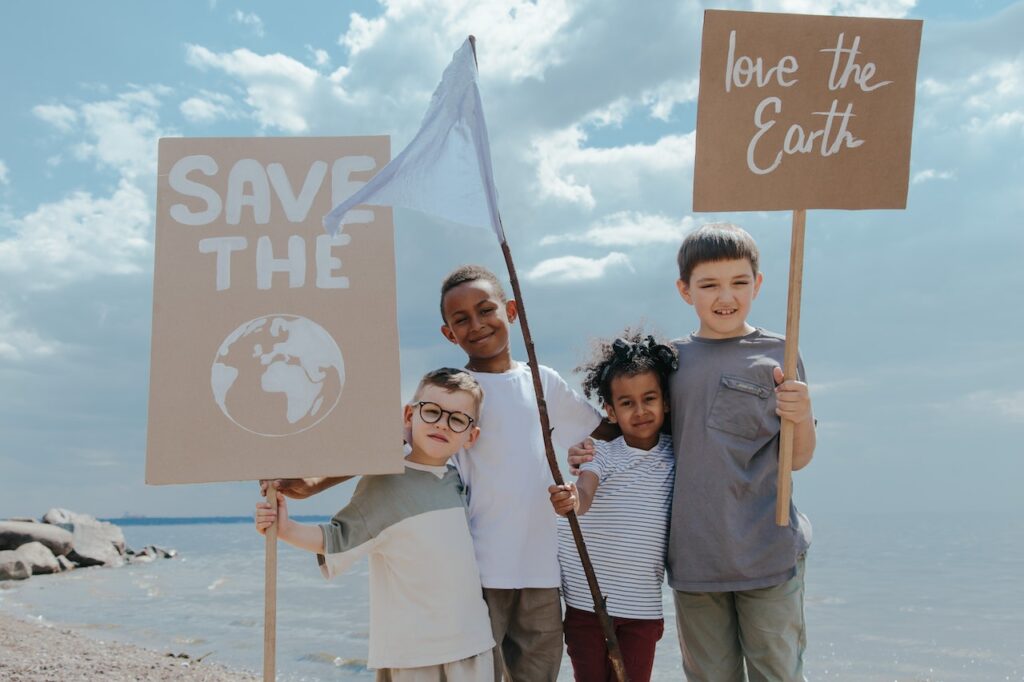
In the face of mounting environmental challenges, environmental journalists have a crucial role in shaping public discourse and driving positive change. This article explores the pressing topics of climate change, biodiversity, and conservation, emphasizing the interconnectedness of these issues and the role of environmental journalists in communicating their urgency.
Climate Change
A Global Emergency: Climate change has emerged as one of the greatest threats to our planet and its inhabitants. Rising global temperatures, changing weather patterns, and sea-level rise are already having profound impacts on ecosystems and communities worldwide. Environmental journalists play a vital role in informing the public about the causes, impacts, and potential solutions to address climate change.
Biodiversity
Protecting the Web of Life: Biodiversity, the intricate tapestry of life, is under increasing threat due to human activities. Environmental journalists have the responsibility to raise awareness about the importance of biodiversity conservation. By highlighting the value of diverse species, fragile ecosystems, and the services they provide, journalists can emphasize the urgent need to protect and restore biodiversity.
Conservation
Balancing Human Needs and Environmental Stewardship: Conservation efforts are crucial for preserving the Earth’s natural resources and ensuring their sustainable use for future generations. Environmental journalists can shed light on successful conservation initiatives, showcase the benefits of sustainable practices, and highlight the challenges and opportunities of balancing human needs with environmental stewardship.
The Interconnectedness
These topics—climate change, biodiversity, and conservation—are deeply interconnected. Climate change accelerates biodiversity loss, disrupts ecosystems, and poses significant challenges to conservation efforts. Loss of biodiversity, in turn, affects the planet’s ability to mitigate and adapt to climate change. Recognizing and communicating these interconnections is essential for understanding the complexity of the environmental crises we face.
The Role of Environmental Journalists
Environmental journalists are at the forefront of driving change and inspiring action. They have the power to raise awareness, educate the public, hold decision-makers accountable, and foster dialogue among diverse stakeholders. Journalists can communicate the urgency of these issues, humanize their impacts through personal stories, and empower individuals and communities to take sustainable actions.
Inspiring Solutions and Collective Action
While the challenges are immense, environmental journalists can also highlight positive stories of innovation, resilience, and successful conservation efforts. By showcasing sustainable practices, renewable energy solutions, and nature-based solutions, journalists can inspire individuals, communities, and policymakers to embrace a more sustainable future.
Conclusion
As environmental journalists, we have a responsibility to report on the critical issues of climate change, biodiversity loss, and conservation. By highlighting the interconnectedness of these challenges and emphasizing their urgency, we can play a pivotal role in shaping public perception, influencing policy decisions, and driving positive change. Together, we can inspire a collective effort to address climate change, protect biodiversity, and promote sustainable practices, ensuring a healthier, more resilient planet for generations to come.